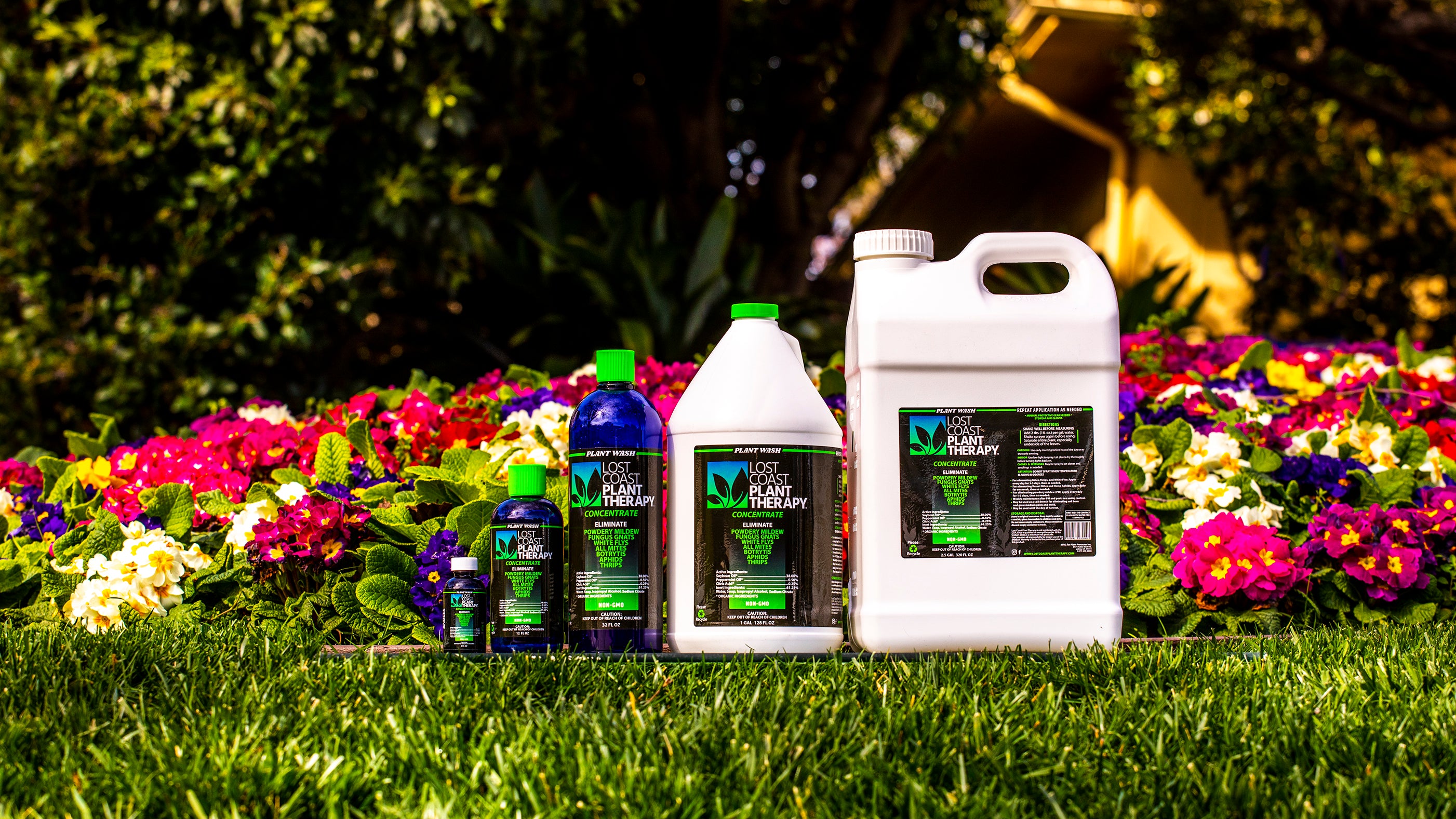If you’re someone who loves gardening or works in farming, you’ve probably come across a variety of pesticides that come with a long list of warnings and environmental concerns. Others, like FIFRA 25(b) exempt minimum risk pesticides, stand out as a safer, gentler option, but what exactly does that mean? Let’s break it down.

Understanding FIFRA and the 25(b) Exemption
The Federal Insecticide, Fungicide, and Rodenticide Act (FIFRA) is the set of rules the U.S. Environmental Protection Agency (EPA) uses to regulate pesticides. Most pesticides need to go through a thorough registration process before they can be sold or used. However, there’s an exception for certain products, called 25(b) exempt minimum risk pesticides, that are considered so safe they don’t need EPA registration. The exemption provision is located in the 40 CFR 152.25(f) section of the EPA’s website here.

Why did the EPA create this exemption? Back in 1996, they decided to focus their resources on registration of pesticides that posed a higher risk to human health and the environment. For products that pose little to no risk, like minimum risk pesticides, they cut the regulatory red tape. This means easier access to safer alternatives for farmers, gardeners, and homeowners.
Conventional farms who wish to use a FIFRA 25(b) exempt minimum risk pesticide can either 1) Enter “25b” on their reporting forms for documentation of the pesticides they use on their fields. 2) And, they are not required to report their use because these products ingredients are pre-vetted and determined as safe by the EPA.

What Makes a Pesticide "Minimum Risk"?
Not just any pesticide can qualify as a 25(b) exempt product. It must meet six strict conditions to ensure its safety and transparency. A product that meets all of these six conditions is then exempted from regulation under the Federal Insecticide, Fungicide, and Rodenticide Act (FIFRA), i.e., the pesticide product does not need to be registered with EPA.
Condition 1: Active Ingredients
The active ingredients are what make the pesticide effective against pests. The EPA has a list of about 45 commonly recognized, safe ingredients—like soybean oil, peppermint oil, and citric acid—that are approved for these products. These ingredients do the heavy lifting while providing an effective solution.
Condition 2: Inert Ingredients
In addition to active ingredients, the pesticide can include inert ingredients, like soap or water, which don’t have any pesticide action, but are included for qualities such as emulsification or adhesion for example. The EPA allows 288, commonly recognizable inert ingredients with decades of documented safe use to be part of these products. These ingredients play a supportive role, helping the pesticide spread more evenly for example, or stick better to plant surfaces.

Condition 3: Ingredients Listed on Label
No hidden ingredients allowed, every ingredient must be listed on the label.
Condition 4: Health-Related Claims
No health related claims can be made, unless they meet the criteria given by EPA, and all labeling must also include any cautions related to the ingredients used.
Condition 5: Contact Information
Company Name and Contact Information must be included on the label.
Condition 6: Label Statements
Any statements made on the label must meet EPA criteria for making statements.
Why Choose a 25(b) Exempt Product?
Using a 25(b) exempt pesticide like Lost Coast Plant Therapy offers peace of mind. These products are crafted with natural, plant-based ingredients, making them safe to use in your garden, on your houseplants, and even in commercial farming when used as directed.
We at Lost Coast Plant Therapy believe in transparency, and that the customer should know what they are using on their plants, especially when that plant is for food.

Our Active ingredients: soybean oil (organic, NON-GMO) peppermint oil (organic), citric acid (non-citrus plant source).
Our Inert ingredients: Isopropyl Alcohol (USP/NF grade), Soap (plant based, not from sodium laurel sulfate, or sodium laureth sulfate), Water (purified using reverse osmosis), Sodium Citrate (non-synthetic source).
See our Ingredients page here.
Most of the ingredients we use have both a synthetic version and a natural plant based version. We believe in using only the plant based, natural version, never synthetic. This is why our product is so gentle and effective. Nature knows best!
It’s effective, and when used as directed, meets the criteria for EPA’s minimum risk pesticide exemption. Plus, it’s easy to use and available in various sizes to meet your needs, from small gardens to large farms.

Who Can Use 25(b) Exempt Pesticides?
These products are for everyone!
Home Gardeners: If you want a pesticide option that is exempt from EPA registration when used as directed, these may be a suitable choice.
House Plants: Support plant health with FIFRA 25(b) exempt products, which are designed for use both indoors and outdoors when used as directed.
Farmers: Conventional farms can use 25(b) products and simply write "25(b)" on their pesticide reports. There’s no need for additional documentation because these products have already been vetted as safe by the EPA.
People Who Care About the Environment: Choosing a minimum risk pesticide helps protect our planet while still addressing pest and disease problems effectively.

What is our minimum risk pesticide useful for?
Lost Coast Plant Therapy is used for controlling soft body insects, larvae, eggs and plant disease such as powdery mildew, mold, rust and fungus.
Rest assured, when you use a minimum risk pesticide like Lost Coast Plant Therapy, you’re choosing a product that, when used as directed, is both safe and effective for its intended use. It meets the conditions for minimum risk pesticide exemption, meaning it does not require EPA registration. This means you can trust it to deliver results without the usual concerns associated with traditional pesticides.
So next time you’re looking for a way to protect your plants, consider a 25(b) exempt minimum risk pesticide. It’s good for your plants and, when used as directed, meets the EPA’s exemption criteria, what’s not to love?
The Lost Coast Plant Therapy family wishes you happy gardening!







